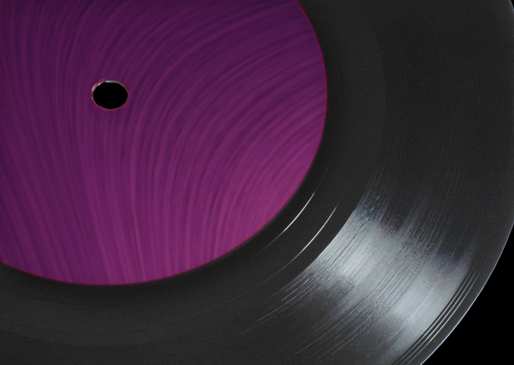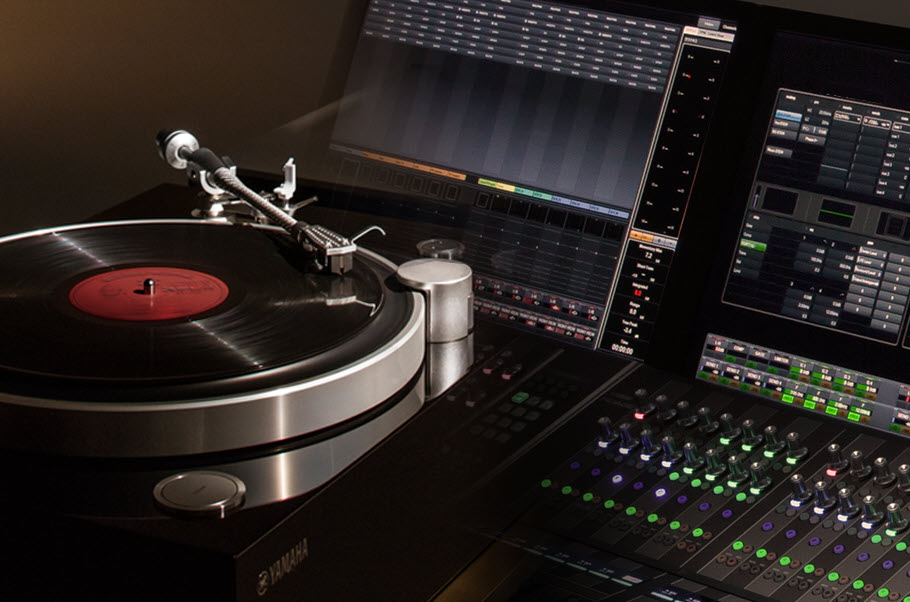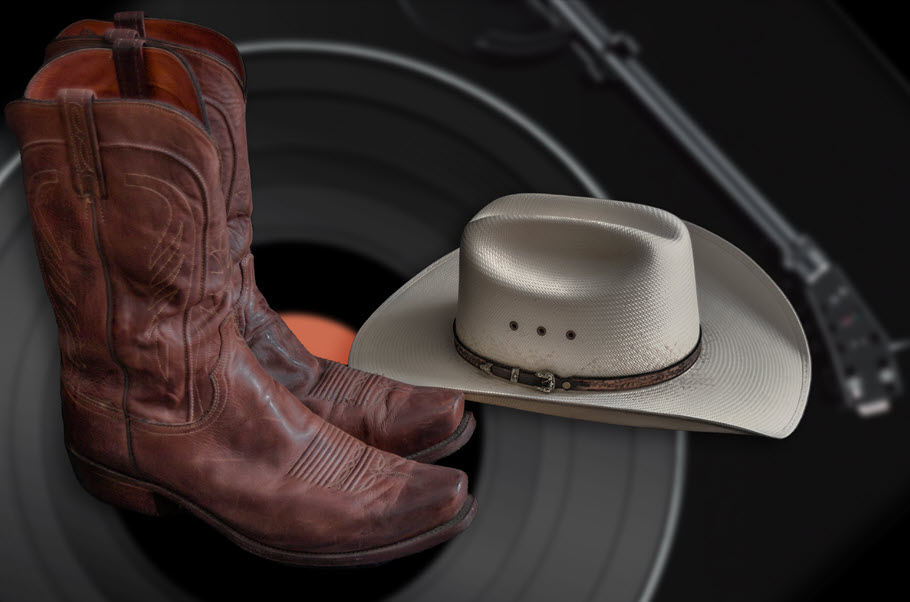Five Reasons Vinyl Is Making a Comeback
The way we listen to music has come full circle.
It started with Thomas Edison’s first phonograph in 1877, which played back sound from wax cylinders coated in tin foil. That quickly evolved into the vinyl record and the turntable, which eventually became a mainstay in most households. In the mid-1960s, along came cassettes and 8-track tapes, making it easy to play your favorite tunes in the comfort of your automobile. It seemed as if recorded music couldn’t possibly get any better (or, at least, any more convenient).
And then digital recording was invented, opening the door to CDs and then to digital streaming, which is at an all-time high right now, with individuals listening to more than 32 hours per week in 2017, according to Nielsen Music.
But if you think that vinyl has been relegated to the role of a niche collector’s market, you’d be quite mistaken. The Nielsen Music 2017 U.S. Music Year-End Report states that over 14 million vinyl records were sold in the United States alone that year — the highest level since 1991, according to Billboard.
You’d think that such a resurgence in popularity must have a definitive cause and effect relationship with a market event. But it turns out that the explanation isn’t quite that simple. Here are five possible reasons why vinyl is making a comeback:
1. Tangibles. Sure, subscription streaming services provide unprecedented access and convenience, but something is lost too: ownership. When you play streamed digital files through an app, you don’t own that music. On the other hand, vinyl records are physical items that you can collect, hold in your hands, purchase in person and discuss endlessly with record store clerks and fellow music lovers. Vinyl also offers other tangibles, such as album artwork and liner notes; if these things are even offered by streaming services, you better know where to click.
2. The Cool Factor. Nearly half of all current vinyl record buyers are under the age of 25, according to record industry research site MusicWatch, and with every new generation comes a new outlook on the past, present and future. Some millennials have made an art of taking dated concepts like fedoras and ponytails and making them relevant and cool again. If you doubt this, visit your local record store. Chances are you’ll spot a man bun, a flannel shirt or some other identifiable accoutrement of this popular sub-culture. Clearly, repackaging old albums and calling them retro makes them attractive to trend setters and trend chasers alike.
3. Vinyl Collectors. Serious record collectors are helping drive the rebirth of the medium: There’s something to be said for the thrill of finding a rare LP in a random cardboard box at the back of a tiny record store and being able to add it to your personal collection at home. What’s more, MusicWatch reports that 27 percent of vinyl buyers are 36 or older. That should come as no surprise, since collecting records is a means for people who grew up with vinyl to reconnect with their youth.
4. The Listening Experience. How people listen to music has definitely changed, thanks to the popularity of streaming music. Earbuds and computer speakers have come to predominate, but it’s a fair bet that vinyl lovers are still spending time and money on dedicated Hi-Fi setups in their homes. Yet having a nice set of speakers along with a quality turntable and stereo receiver is only part of the traditional experience. It’s also about sitting down and listening attentively, as opposed to the ease of playing streamed music in the background or while you’re at work. If you put on an album, it’s probably with the specific intent to sit back in your listening room and enjoy it.
5. Sound Quality. Many experts feel that the old-school analog audio provided by vinyl sounds superior to digital audio — especially the lossy (compressed) digital formats used by streaming services. It’s true that there are better digital playback formats available, such as FLAC (Free Lossless Audio Codec), but you’ll have to search them out specifically (and possibly pay extra for them), whereas vinyl is readily available from online sellers and at your local record store.
Learn more about vinyl with our blog posting Appreciating Vinyl Records … and the Best Way to Enjoy Them.
















